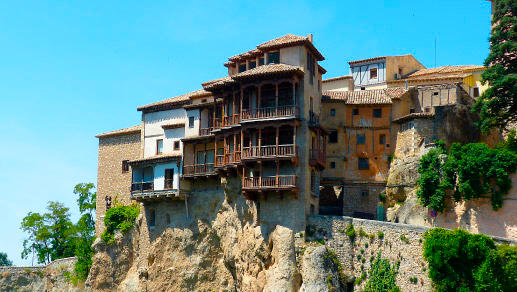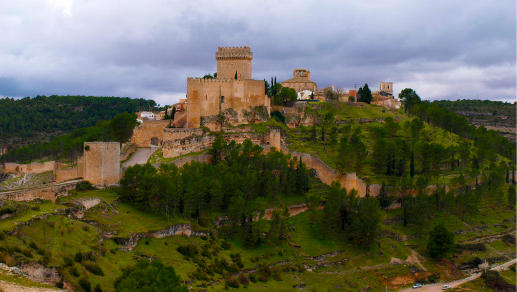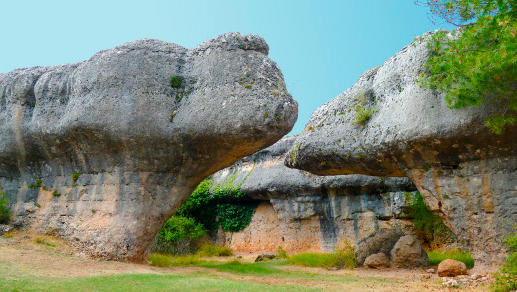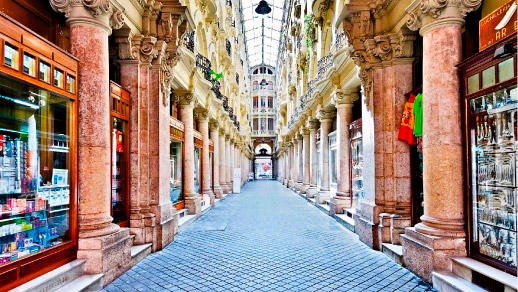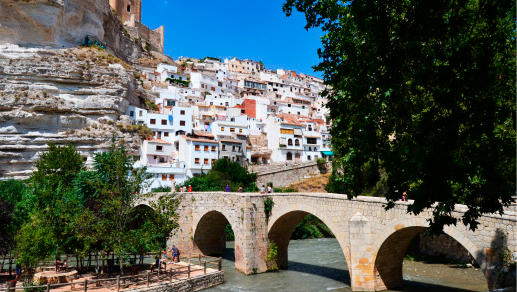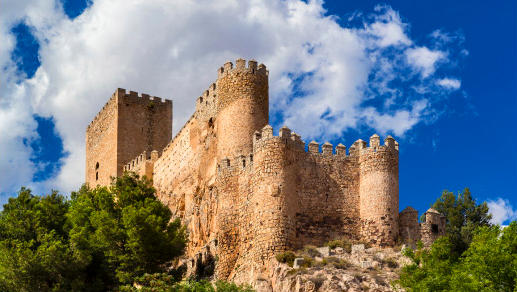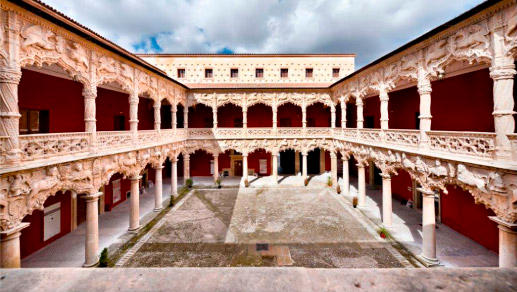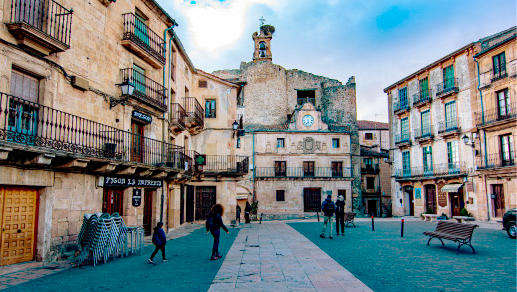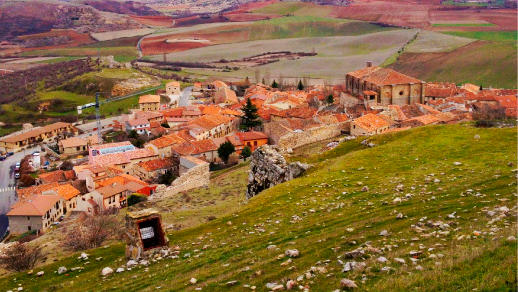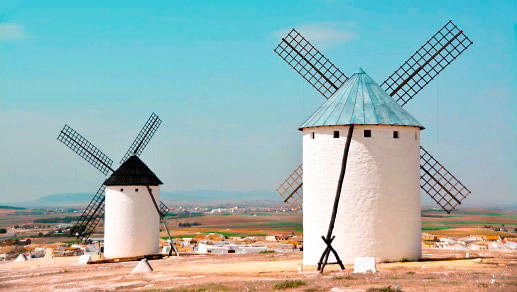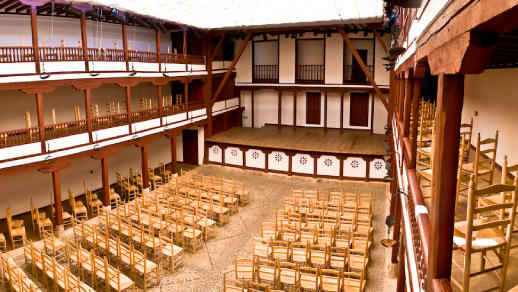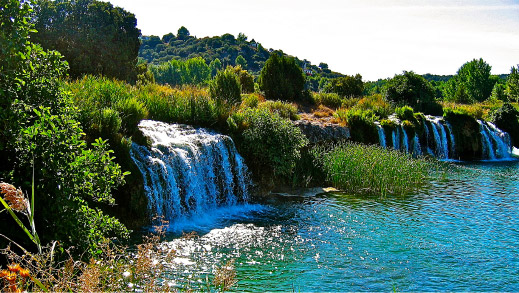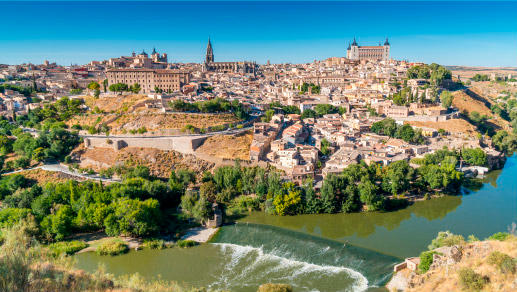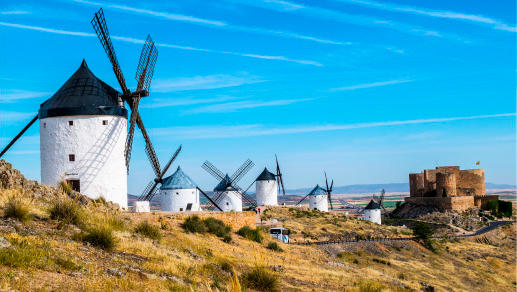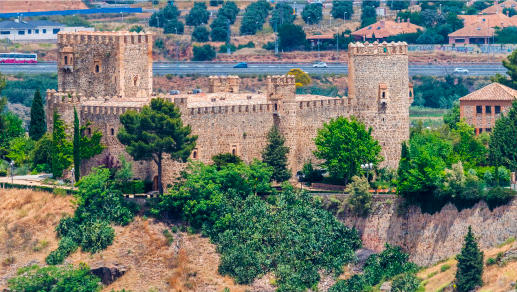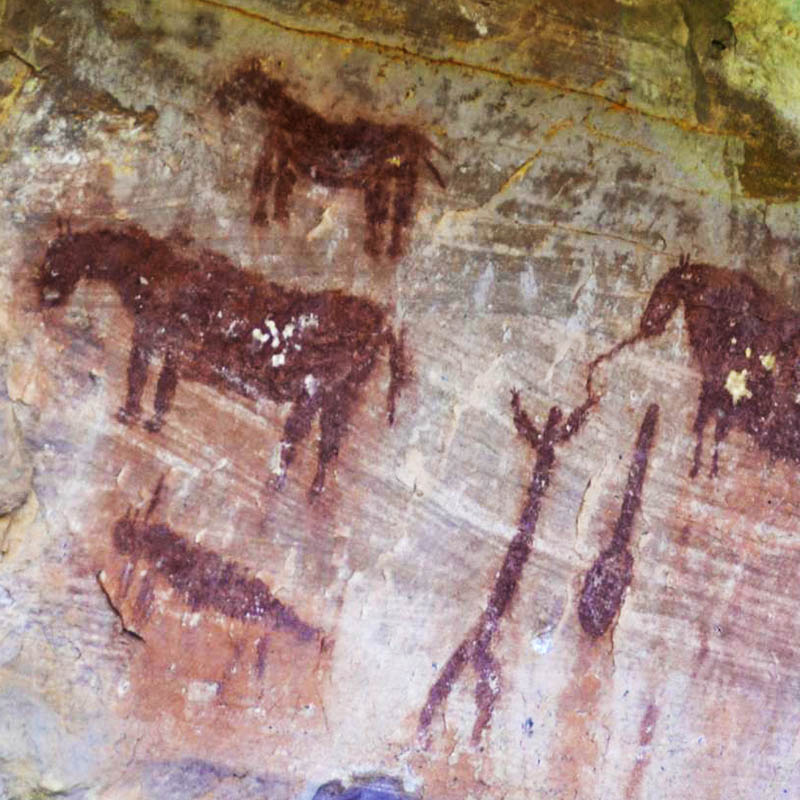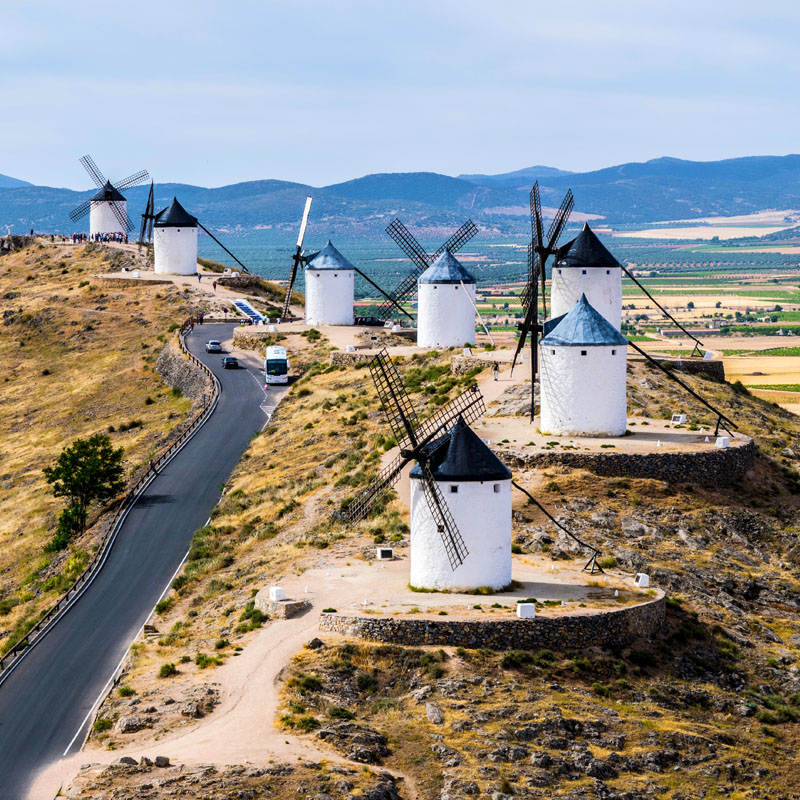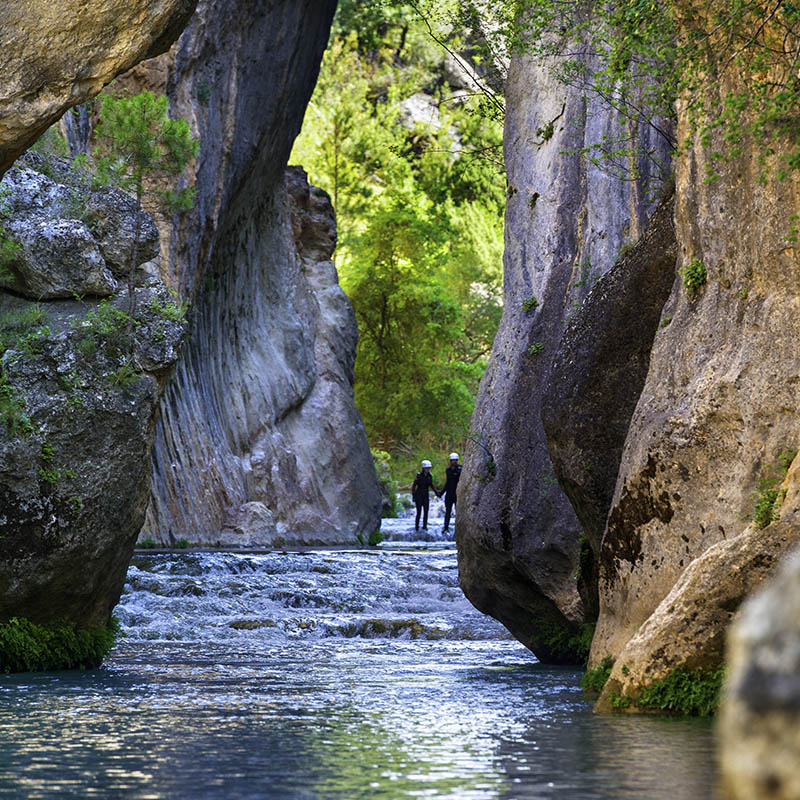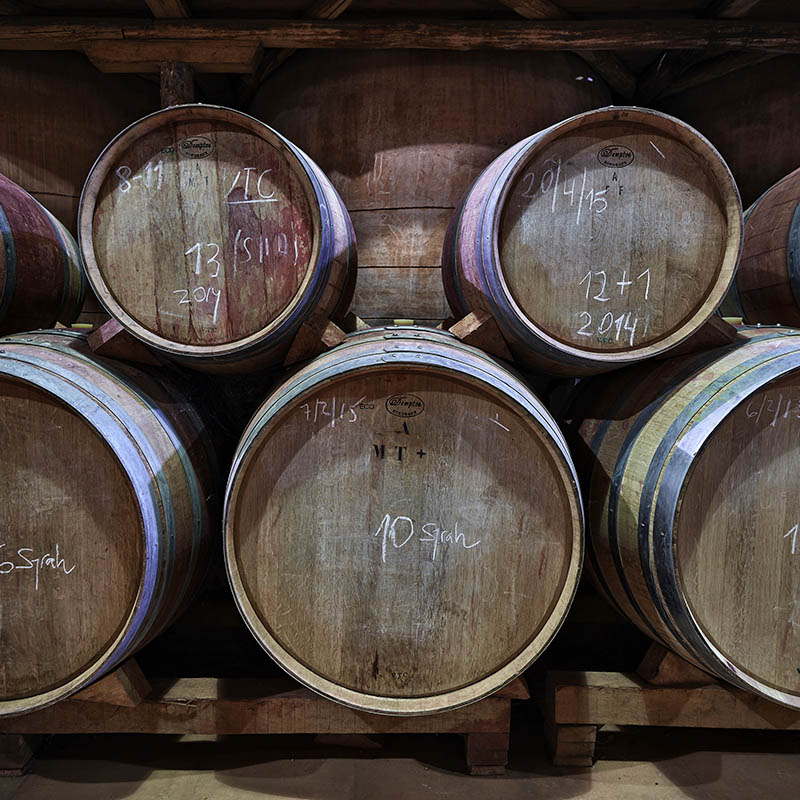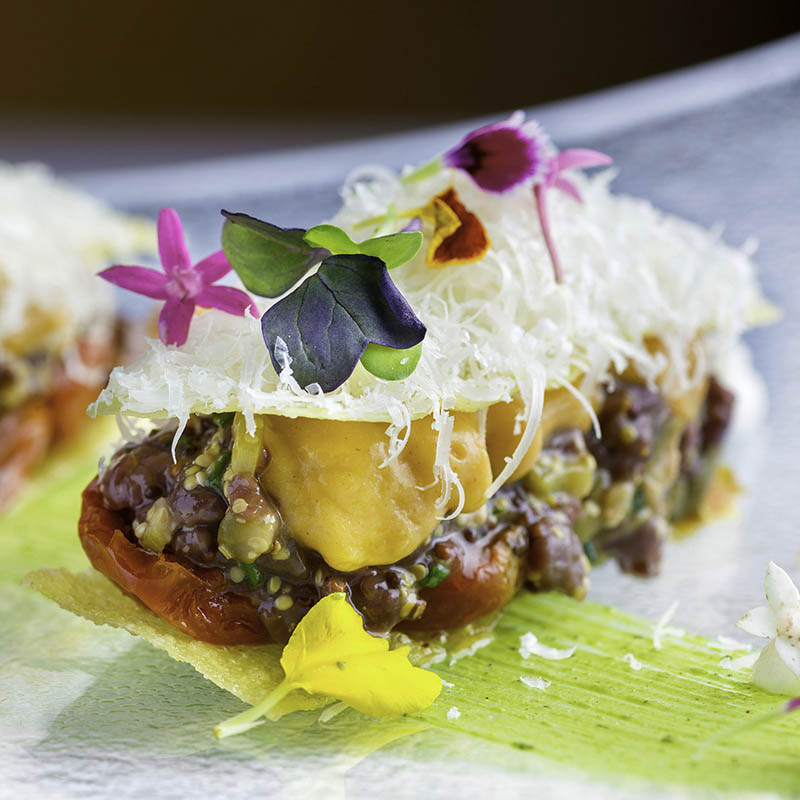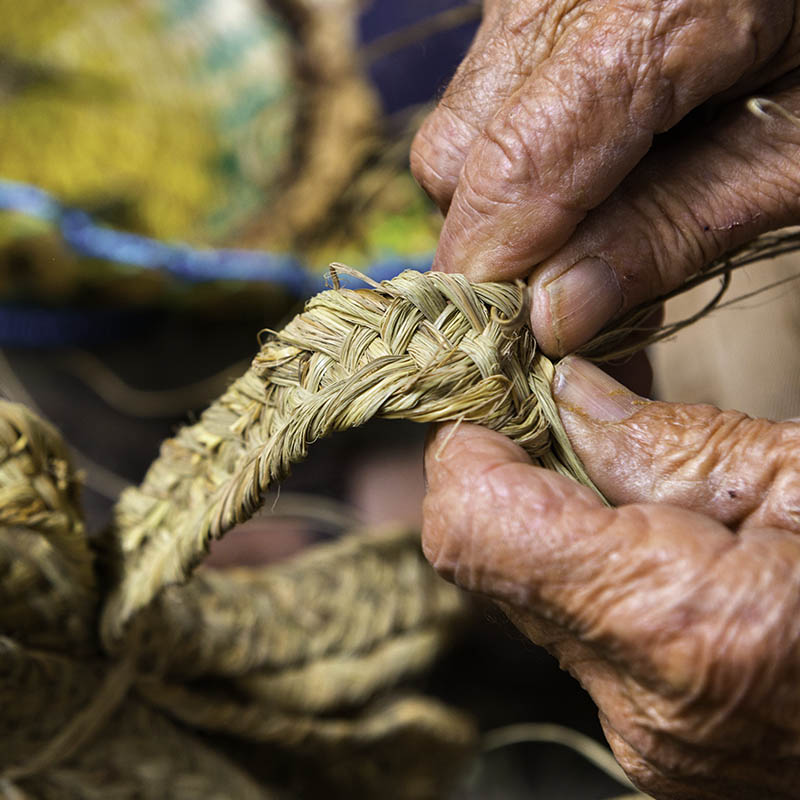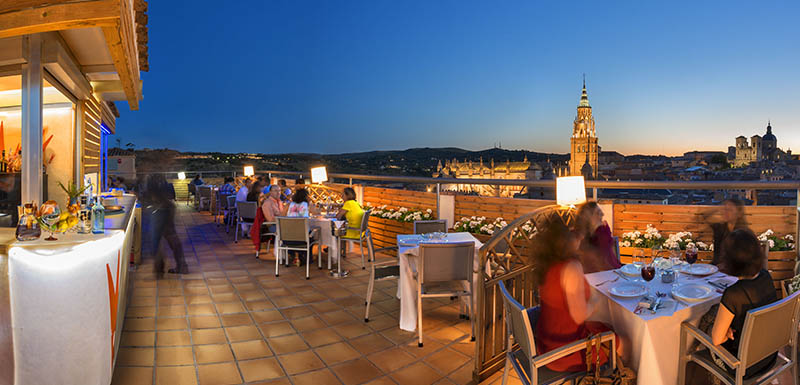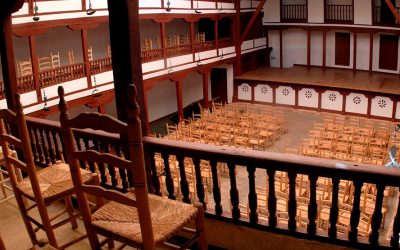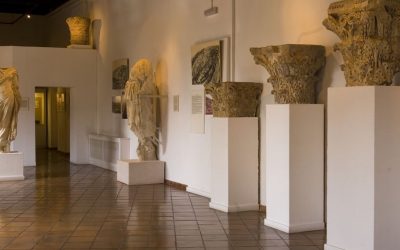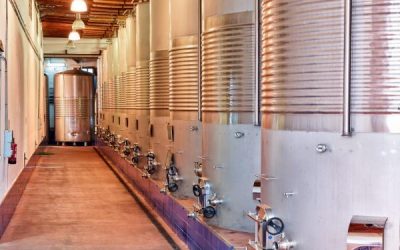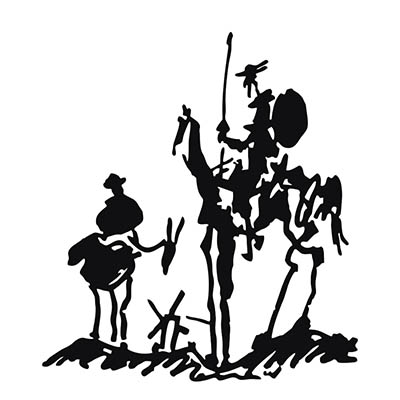
Castilla-La Mancha, a particular region full of nature, Cultural Heritage of Humanity, land of vineyards, exquisite gastronomy and unique festivals.
The region is known around the world to be the land of Don Quijote, plenty of windmills.
Castilla-La Mancha is located in the middle of Spain and made up of five very different provinces with fascinating places to discover: Toledo, Cuenca, Albacete, Ciudad Real and Guadalajara.
Provinces of Castilla La Mancha
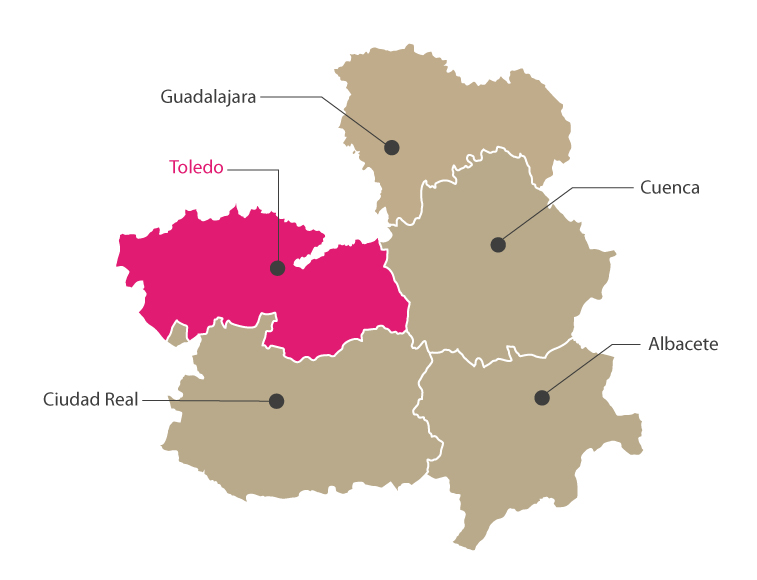
Discover the Marvels from Castilla- La Mancha
CHOOSE YOUR ROUTE
Latest News & Articles
Castilla-La Mancha reaffirms its commitment to the Almagro International Classical Theatre Festival
The Government of Castilla-La Mancha has reiterated its firm support for the Almagro International Classical Theatre Festival, which has recently been recognised as the highest-rated cultural event in the region. It has also attained first place in Spain’s national...
Cuenca Museum Marks 50 Years of Cultural Heritage
The Government of Castilla-La Mancha extends its warmest congratulations to the Cuenca Museum on the occasion of its 50th anniversary, and underscores the remarkable milestone of over half a million visitors received over the past 25 years.The Cuenca Museum was...
Castilla-La Mancha Breaks Export Records
According to the latest data, exports from Castilla-La Mancha have reached a historic high for the month of February, surpassing 906.5 million€. In the first two months of 2025, the region’s total exports have approached 1.8 billion€, marking an increase of over 11%...

